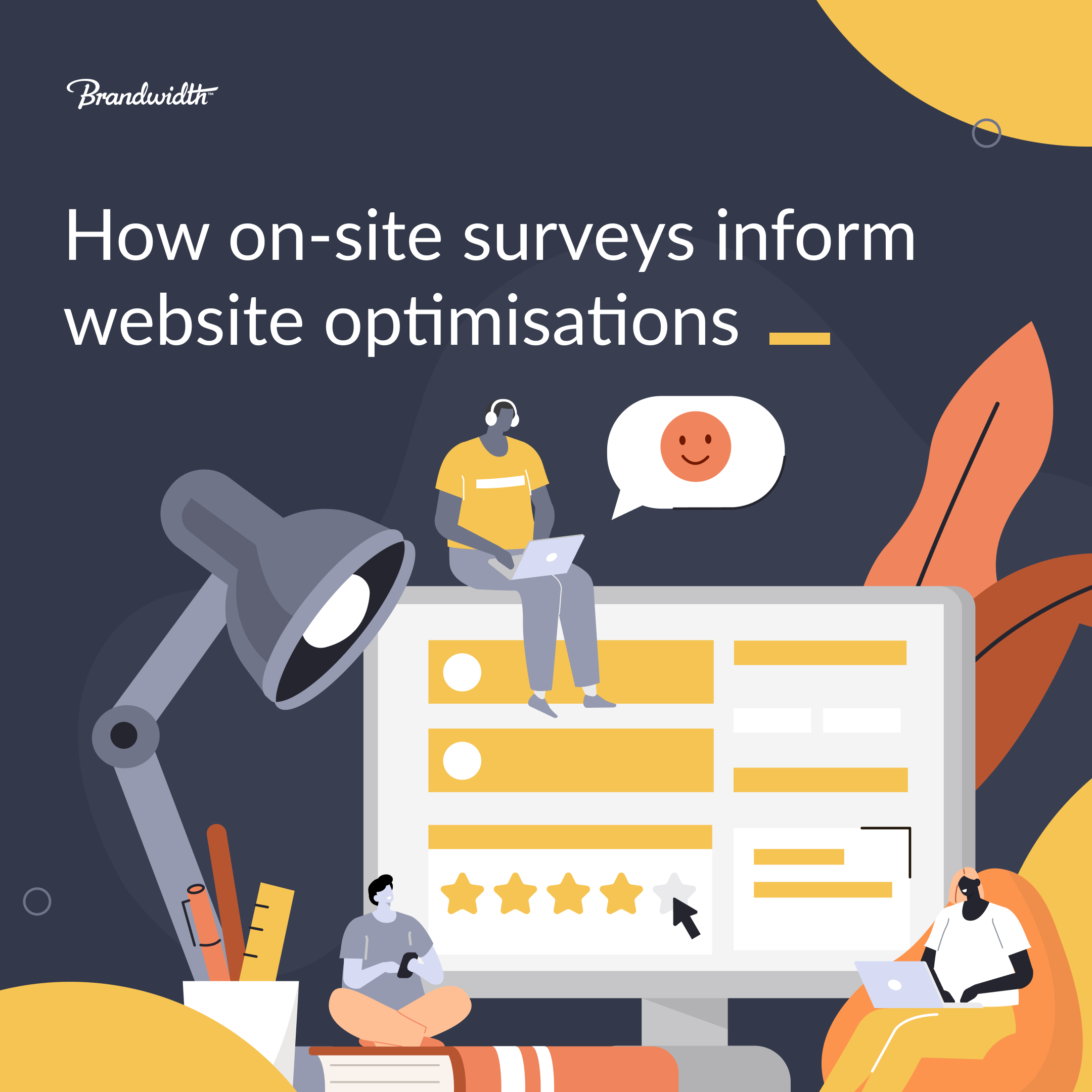






Do you truly understand your website visitors, their behaviours, and the reasons they come to your site? Well, Hotjar surveys can help answer these questions and provide valuable insights to drive improvements and inform strategy. One of our clients, a healthcare organisation, approached us recently looking to gain insight into who their most common web users were, what those users were in search of and whether they were satisfied with their online experience. Let’s explore the process and steps involved as we ultimately discover opportunities for optimisation and user experience improvements across their site.
Creating detailed personas and survey structure
To kick things off, it was important that we worked closely with the client to define detailed personas and identify the various reasons why each visit the website. For example, existing patients may want to access lab results, pay their bill, or schedule an appointment – while health professionals may be interested in job openings or research opportunities. Building and validating personas helps businesses improve, as they can understand the different needs of audiences and better identify areas for improvement.
Setting survey goals, objectives and outcomes
To make sure our efforts were focused and actionable, we established a clear goal, objective and outcome for our survey work. Our goal was to understand if the client site served the needs of patients and other types of site visitors, ensuring we provide an optimised user journey. Our objective was user satisfaction (measuring the overall user satisfaction with the site) and user validation (understanding if users achieve their intended goals when using the site). With a clearer understanding of visitors, we can then design the site to be patient-centric and prioritise building digital features that would benefit various audiences.
Survey design and implementation
We drafted specific survey questions and possible outcomes or insights that we might expect. The surveys included a mixture of multiple choice and open-ended questions. This allowed us to gather both quantitative and qualitative data about the customer experience and help validate our user assumptions, while gauging their satisfaction or frustrations.
When designing the survey on Hotjar, each question was very intentional, and we made a conscious effort to limit jargon or particularly long questions. The number of questions was also an important consideration, as too many can lead to a low response rate or high drop off.
Follow up questions for personalised insights
One of the key benefits of running Hotjar surveys is the ability to tailor follow-up questions based on a user’s previous responses. In the example of our client, if a visitor selected that they were on the site to book an appointment, we served them a 1–5 star rating question about their online booking experience. Whereas a different type of visitor who came to browse resources would see a follow-up asking if they found the content they were looking for. This approach allowed us to gather more nuanced insights without distracting the visitor with irrelevant questions and further segment our results.
Strategically implementing the surveys
For our client, we had four different surveys that went live one at a time. This was to avoid overwhelming visitors with too many surveys popping up throughout their visit. We also opted for more subtle, right-corner pop up styles instead of exit intent or full-screen pop-ups. It’s important when carrying out surveys in search of ways for improving the site experience, that you don’t frustrate the user further in that very process. We also triggered our surveys based on time delay which gave visitors time to browse the page first.
Continuous monitoring and adjustments
During the survey process, we carefully monitored responses and completion rates. By proactively doing this, it allowed us to make real-time adjustments such as decreasing the time delay for the survey pop-up from 30 seconds to 10 seconds. This led to a significant increase in response rates.
Analysis and actionable insights
As each survey concluded, we performed analysis using an observation, insight and recommendation approach. For example, we saw many existing patients struggling to locate medical records and billing information. Our insight was that a lot of this information was housed in the mega menu, but visitors were not clicking through and seeing it. We hypothesised that this was due to unclear labelling of mega menu sections. To test this, we ran an A/B test on a different variation of copy for the link label that we believed would make it more apparent what information could be found within that section.
Learnings and optimisations
The A/B test confirmed our hypothesis, as we saw about an 8% uplift in engagement with the new label. This simple update improved the user experience for existing patients and highlighted the importance of clear and intuitive navigation on the site.
On-site surveys are certainly a powerful tool that businesses can use to capture direct user feedback and identify frustrations or confusing areas of the site. By following a clear process and designing very intentional surveys, businesses can start to address friction points and use the insights to provide an enhanced web experience for their audiences, ultimately improving the paths to conversion.
If you’d like to find out how we can help you understand your users and optimise their site experience, reach out to learn about our strategy and consultation services.



Our dedicated team dives deep, delivering relentless value and aligning digital solutions with your goals in a way that guarantees success
Learn more